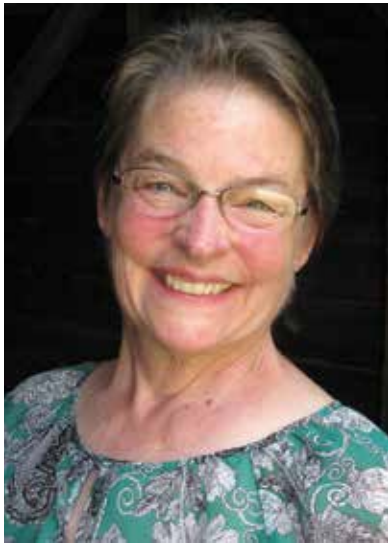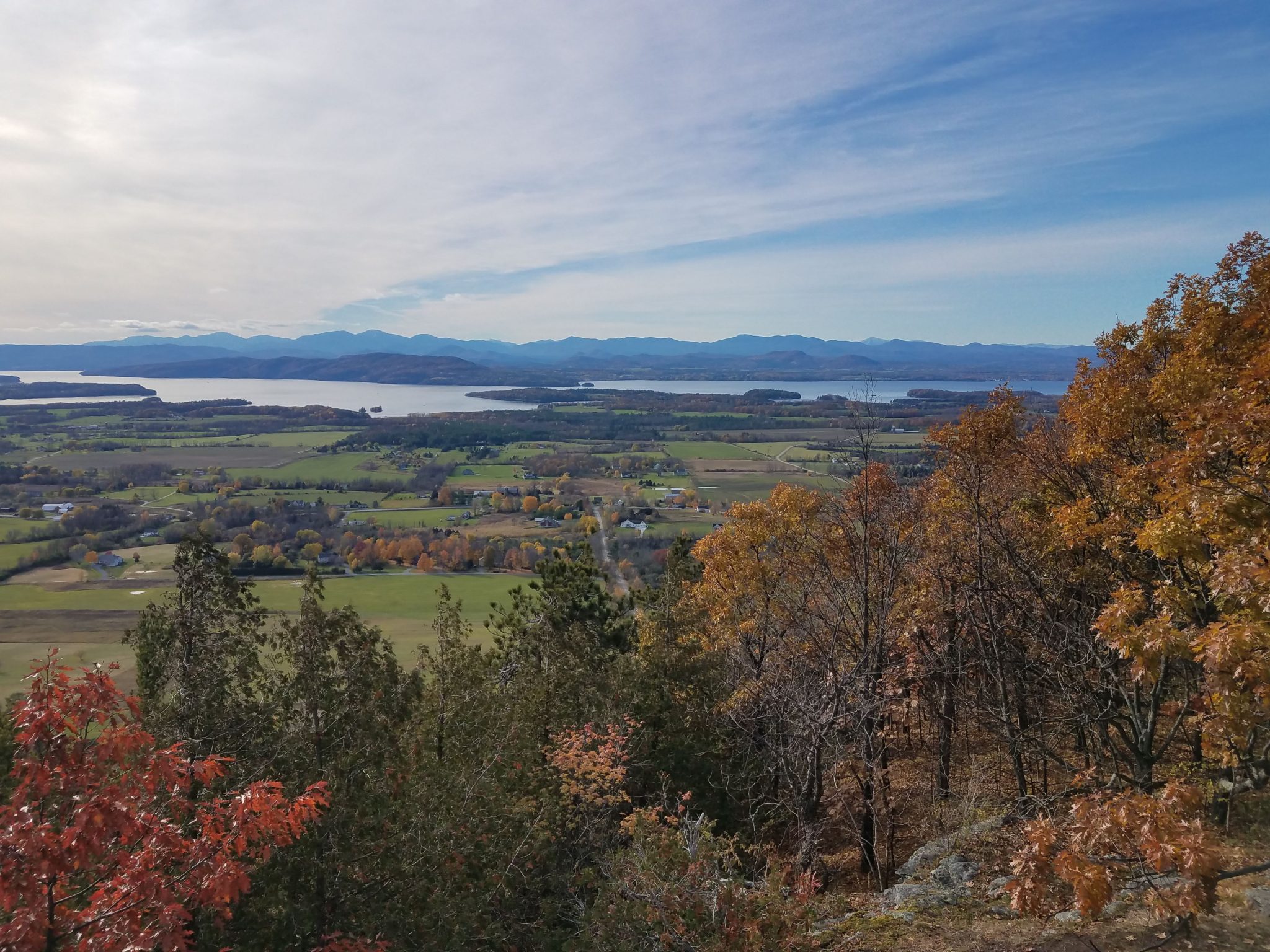Vermont’s rivers and streams lost a dedicated champion, and VNRC lost a true friend, when Marty Illick and her husband Terry Dinnan passed away in a tragic boating accident this week. Marty was a passionate advocate for clean water, but also for thoughtful local and regional planning, land conservation, and the protection of Vermont’s environment. She approached her work as she approached life — with intelligence, commitment, grace and humor — and left a legacy that few people will match.
In Summer 2015, we profiled Marty as a featured member in our Vermont Environmental Report. Below, we’ve reprinted that text from 2015. You can also read it here, on page 8.
VNRC Member Marty Illick: Working in Watersheds

Marty Illick of Charlotte is a retired research and development consultant in the organic agriculture and food industry. She is well known in Vermont conservation circles as the executive director of the Lewis Creek Association, a 25-year-old watershed group based in Chittenden and Addison Counties.
Marty is also a board member of the Charlotte Land Trust, Addison County Riverwatch Collaborative, LaPlatte Watershed Partnership, South Chittenden Riverwatch; a commissioner of the Charlotte Planning Commission; and an alternate commissioner of the Chittenden County Regional Planning Commission. She also serves on the Vermont Natural Resources Board, the state body that administers Act 250. She has been a VNRC member since the 80s.
Among many things, you are known for your work at the watershed level—working on the ground with your Lewis Creek Association board members and other volunteers to improve the conditions of river corridors, wildlife habitat and water quality. Why is this work important to you?
Water quality is an indicator of the health of river corridors and wildlife habitat. Helping landowners and towns to understand what natural systems are at play in their backyards and towns is increasingly important as we work to address the issues of the Lake Champlain basin. I love this work for selfish and altruistic reasons. LCA’s work is about maintaining the health of local backyards, which are a part of larger natural systems of our region and New England. Groups like LCA can help landowners and government to be more informed and therefore more proactive, so they prevent damage to natural resources before it happens rather than after the fact. This is better and cheaper in the long run. I prefer that Vermont spend more money on schools and libraries and Vermont’s special places versus fixing avoidable mistakes.
It’s a big world. The Lewis Creek, and Vermont for that matter, is a very small part of the whole. What keeps you motivated in your work, knowing how significant the environmental and natural resources challenges are that face the globe as a whole?
I’ve circled the planet numerous times with my family over the years, and we’ve seen a lot, from sad to glorious. Trying to fix things in faraway places is good if you have depth of knowledge. But I believe that depth of knowledge is more possible to gain in places close to home, and I’m still learning about how things work here in Vermont. So when we have our house in order, we can then help our neighbors, one watershed at a time.
What is your view of Act 64, the clean water bill? What should be done to increase the chances it lives up to its promise?
Act 64 was the result of many well-informed people giving thousands of hours to make Vermont a better place for our kids and grandkids. This bill was a long time coming, but the work has just begun. Now, the devil is in the rules, permits, town plan updates and retooling USDA to provide for far more strategic conservation practices and investments. We must now update our rules so they apply evenly across the board, with no sacred cows. Justice across all land-use sectors is critically important.
Gone should be the days when only bigger developments pay to protect river corridors, while farmland and small development are permitted to encroach into river corridors, causing all manner of erosion and sediment to load into Lake Champlain.
Vermont’s River Management Program has some of the best science-based river corridor management protocols and procedures in the United States. We need to put this science on the ground. With more frequent erosive rain events expected, the law will need to be even tighter if we are to see erosion and pollution trends reversed.
How utterly foolish we all have been to cast a blind eye all these years, and to then raise our annual tax bills repeatedly in the name of crisis management versus pollution prevention.
In your experience, what are the most effective things you and other watershed groups can do to generally improve water quality?
Education, education, education. Accumulate solid science-based trend information at a subwatershed scale. Then call for full accountability through regulation. Period.
As a VNRC member, what, in your mind, makes VNRC an organization worth supporting?
VNRC brings top-notch expertise to the State House on environmental issues. Interestingly, there is no business related lobby that puts nature first, and nature in all its glory is what makes Vermont so special. VNRC has also convened the Water Caucus that helps more Vermonters interested in water quality to stay up on what’s happening. Working on the ground, in our local watershed communities, we can get a whole lot done. For more information, visit lewiscreek.org.
Top photo: A view of Lake Champlain from Mt. Philo in Charlotte. The Lake Champlain Basin is an area of focus for the Lewis Creek Association. Credit: Colin Keegan.




